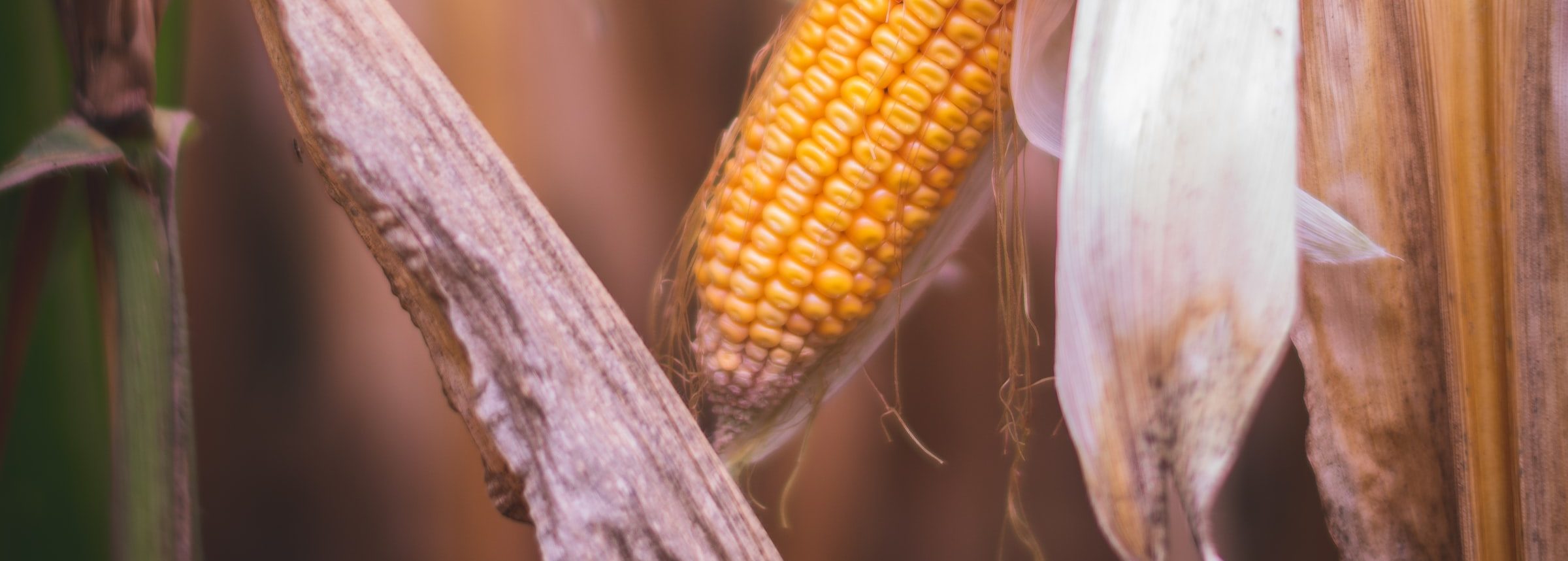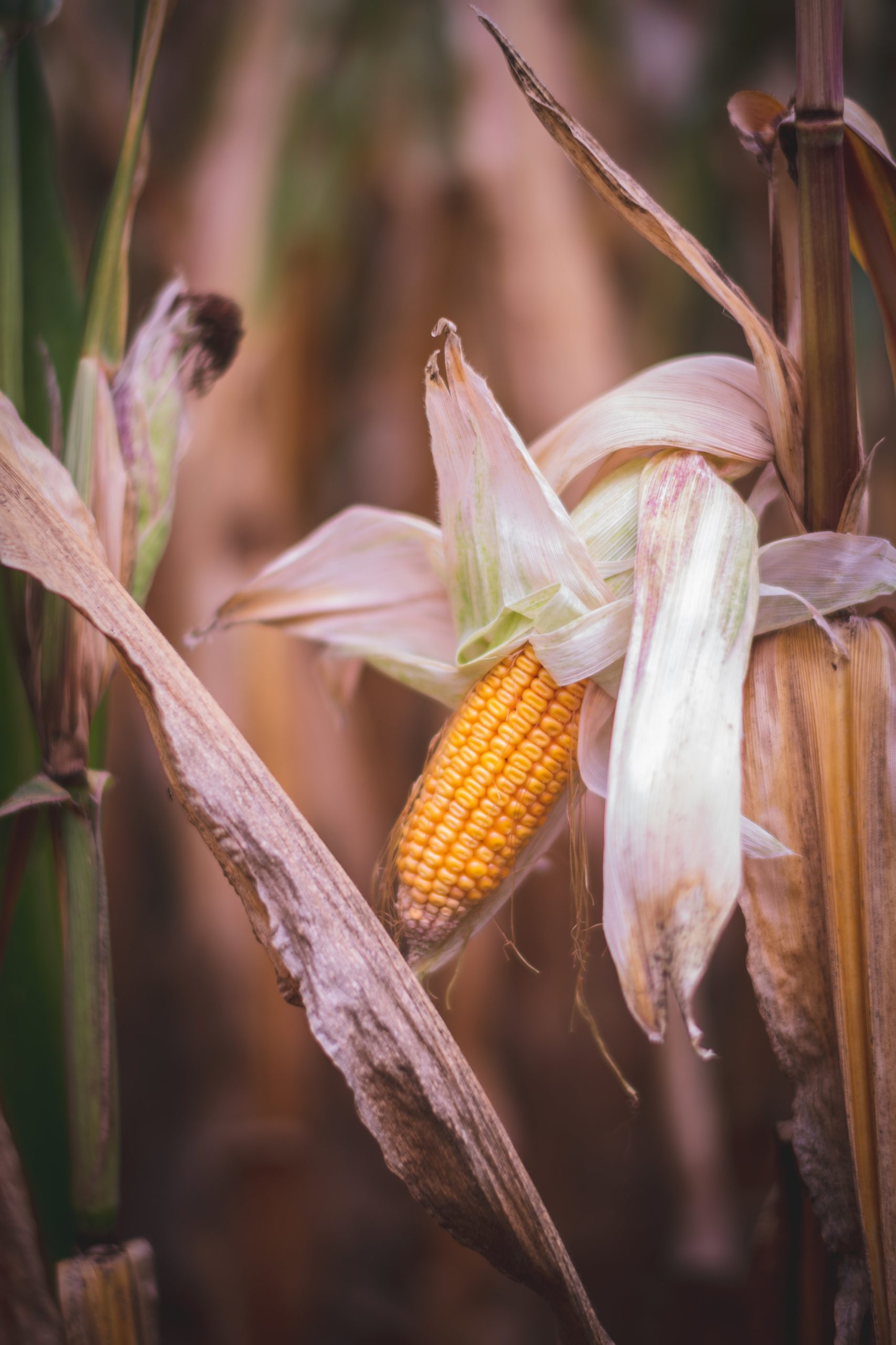Published: 10/11/2022
By Jamie Hansen, Communications Manager at the Stanford Center for Innovation in Global Health

Heat waves, drought, and floods driven by climate change are already impacting access to food and driving food insecurity in many parts of the world.
Stanford professor Dr. David Lobell, PhD, is a leading expert on agriculture, food security, and how food access is impacted by climate change. The Gloria and Richard Kushel Director of the Center on Food Security and the Environment, Lobell specializes in generating unique datasets to study agriculture in rural areas throughout the world. He also served as lead author for the food chapter and core writing team member for the Summary for Policymakers in the recent Intergovernmental Panel on Climate Change (IPCC) Fifth Assessment Report.
We spoke with Dr. Lobell about system-wide challenges—and solutions— to ensuring that people around the world have access to affordable, nutritious food.
How is climate change already impacting crop productivity—and what can we expect in the future?
There are many health impacts of climate change, and I think that food is one of the biggest.
In a 2021 study looking at the impacts of climate change on our food systems, we tried to move beyond the direct effects of climate on individual crops to understand, in aggregate, how the agricultural sector suffers when it’s warmer out. We found the sector to be, as a whole, quite sensitive.
This was a surprise: We knew some crops were sensitive, but other crops seemed to be less sensitive— and so we thought that the aggregate effect would be somewhere in between. But it seems like what happens is you have compounding effects: Not only do the crops suffer, but the human laborers are less productive, as are the animals. So we found that there were large impacts on total agricultural productivity, which really determines the price of food. Our model indicated that climate change has reduced global agricultural productivity by about 21% since 1961, compared to what it would have been without climate change — and up to 34 % for warmer regions like Africa and Latin America.
That is a large number of people to feed in terms of the food we failed to produce.
Are any adaptations showing particular promise in making our food systems more resilient to climate change?
The short answer is no. While some things are helping, I don’t think we’re seeing any super-effective adaptations. That doesn’t mean we don’t keep looking and celebrate the small successes —but adaptation should not be seen as an excuse to stop working to reduce emissions.
Among the adaptations that show promise, I find that people expect these initiatives will eliminate or cut in half the impacts of climate change. The things that are helping are not on that scale. For instance, there are some pretty exciting developments breeding new versions of crops that are more climate-resilient. When you look at the gains, they save maybe 10 percent productivity over the original varieties. This is meaningful, but not on the scale of what some people hope or expect.
While some things are helping, I don’t think we’re seeing any super-effective adaptations. That doesn’t mean we don’t keep looking and celebrate the small successes —but adaptation should not be seen as an excuse to stop working to reduce emissions.
David Lobell
Food insecurity is especially pronounced in smallholder agricultural systems, but in most of those settings there are still a lot of questions around what actually can help raise productivity. One of the reasons those questions persist is because we don’t really measure what farmers are doing very well. The hope is, because of the methods and data sets that are available now from satellite and elsewhere, that we can better measure these things. We can more quickly understand what’s working and how well it works. A lot of what we do is trying to build up that capacity. The idea is that once you can better measure these systems, you can start to manage them better.
Adaptation is still an open field, and I hope Stanford will invest a lot more in this area.
Given this, should we be focusing more on agricultural adaptation or advocating for policies that curb carbon emissions?
In an ideal world, we can walk and chew gum at the same time. We should do both. However, assuming there’s some sort of fixed budget of attention and money, I think there are different answers at the level of agriculture and that of society more generally.
Overall, I think we need to really focus on mitigation, but within agriculture I think we need to focus on adaptation. My sense is that, right now, there’s a lot of focus on the fact that agriculture contributes to emissions. There may be too much focus on how agriculture can reduce emissions, at a cost to focusing on how agriculture can adapt to the huge changes that are already affecting it.
At the broader societal level, though, focusing on mitigation first and foremost is sensible because most of the evidence is that adaptation is not all that effective. And if we continue to emit, we’re going to have a really tough time avoiding the impacts. I’d guess nearly every ongoing effort to reduce emissions from the energy sector is going to be lower cost for society than trying to adapt society to the impacts.
And if we continue to emit, we’re going to have a really tough time avoiding the impacts. I’d guess nearly every ongoing effort to reduce emissions from the energy sector is going to be lower cost for society than trying to adapt society to the impacts.
David Lobell
There’s growing concern about access to nutritionally valuable food around the world. How might climate change impact this?
If people’s budgets are being squeezed, they’ll go toward the less nutritious, less expensive foods. So I think the question is what will happen to the relative cost of cheap staples that aren’t the healthiest foods, versus the more nutritious foods. And I don’t know what the answer to that will be.
Cassava is one of the hardiest crops that you can grow through droughts and poor soils, et cetera. Growing it can be a great risk management strategy if you’re trying to meet basic nutritional needs, but it’s not going to give you much nutrition. On the other hand, there are some very nutritious crops that are pretty hardy and might become more attractive in poor conditions. Some pulses, like pigeon peas and others, are known to be quite resilient. There are a lot of interesting questions around trees and what role tree crops can play both in terms of being adaptive but also maybe diversifying food.
So I think a lot of the action on nutrition will be about what happens to the relative prices of nutritious foods versus less nutritious foods—as well as what happens to food prices overall.
You recently received a Stanford Global Health Seed Grant with Dr. William Tarpeh around innovative wastewater treatment in South Africa. This project seeks to increase sanitation and decrease pollution, while also converting the byproducts into fertilizer that can be used on local crops. If successful, how could this project impact local agriculture?
I get excited about solutions that in a sense kill two birds with one stone, and this does that. There’s a sanitation problem throughout much of the world. There’s also a fertilizer access problem. For most low-productivity food systems, the best intervention is to provide nutrients to the crops. However, many of these places don’t use fertilizer because it’s too expensive.
I also think recycling of nutrients is something that we should be working on more. Whether it’s nitrogen, phosphorus, or other nutrients, a lot of problems are caused by the fact that we don’t currently have a tight nutrient cycle. Now, technologies like Will’s are getting to the point that it’s more than just a pipe dream that we could have a closed loop.
When I met with Will and started learning about the sanitation technology he was developing, we decided my lab could be helpful by providing perspectives on where fertilizer needs are highest—and where the types of fertilizers this system will produce can be used. So my lab will be trying to understand where there’s an overlap between where the soils would really benefit from these fertilizers and where the sanitation problems could be helped by Will’s technologies.
This approach could also help prevent soil degradation. When we lose soil fertility due to overuse of poor soils, it’s very hard to reverse. So we need to stop the decline before we get to that point, and in many places, we don’t have a lot of time. Fertilizer can help stop these soils from becoming depleted in the first place.
Cover photo: Corn damaged by drought. By cmophoto.net, via Unsplash.com

